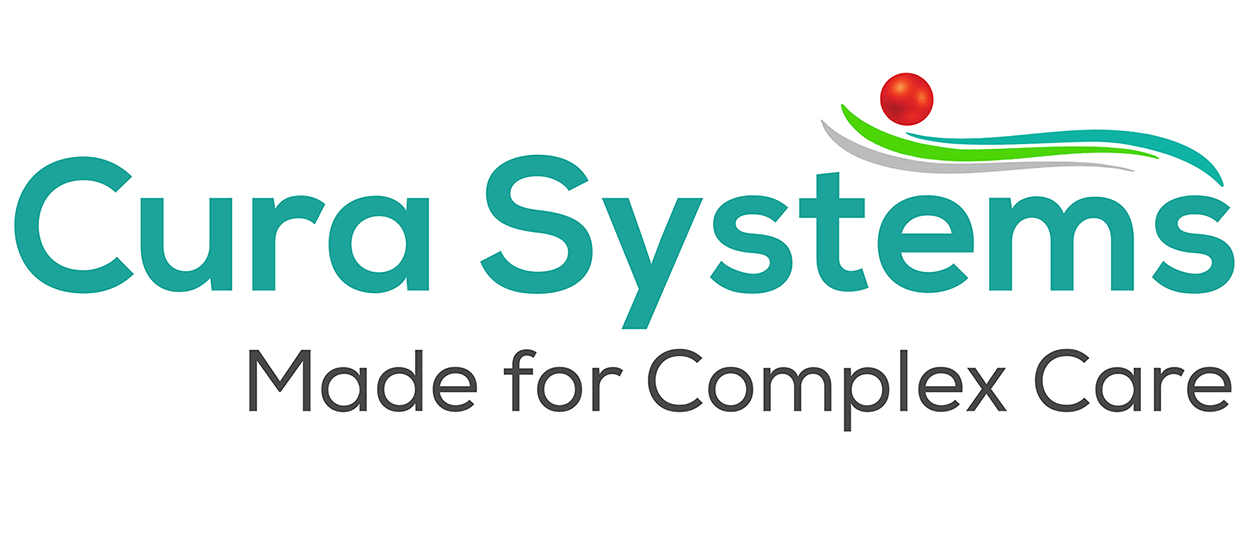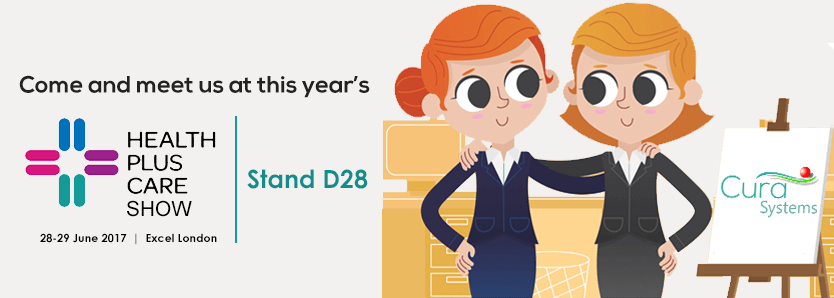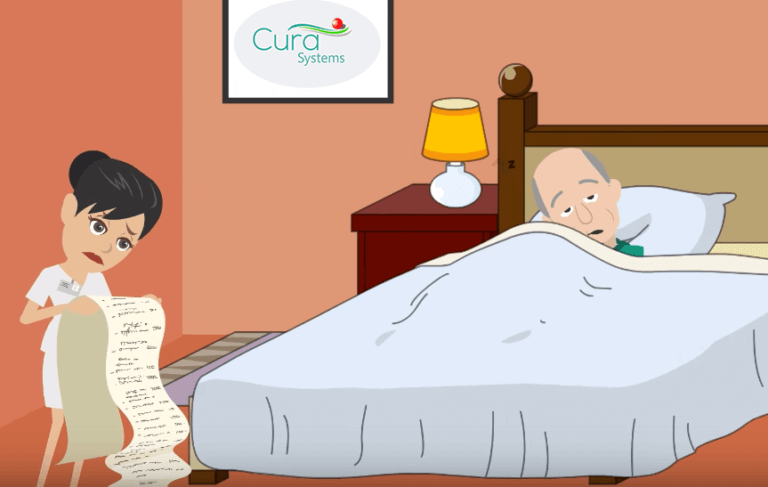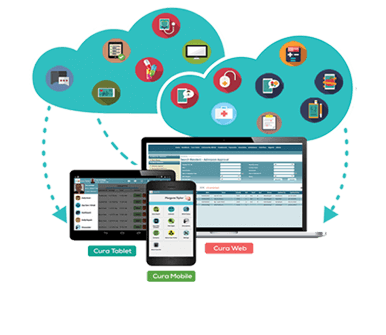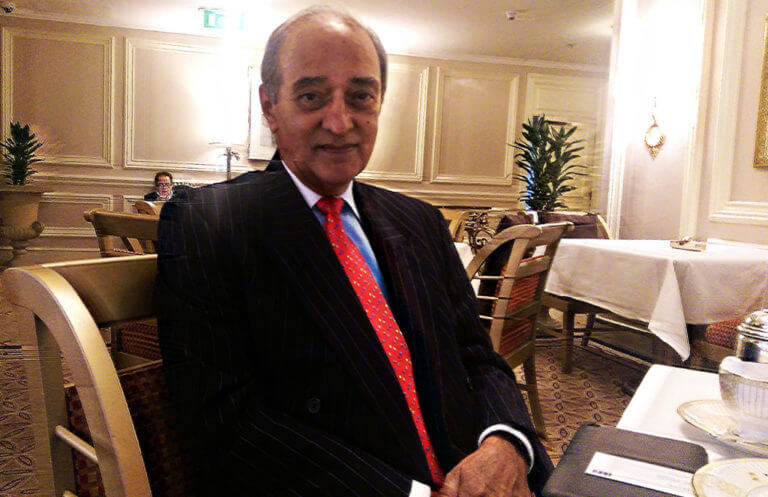In October 2016 I spoke about the implementation of an Electronic Record Keeping System at a presentation at the Northampton Care Association Technology Day. Delegates generally acknowledged the need to so and this led me on to ask the question – why haven’t you already installed one?
As always, the answer to simple questions are complicated. Why would you want to take the risk of change and leave the comfort of good old paper records? We have lived with old records and care plans of residents and we can (eventually) find what we are looking for. But we know that is not the case!
Cura Advantage: Embracing Electronic Record Keeping in Care Home
With the inevitable implementation of paperless management, mobile care monitoring and care planning systems and compliance with the vision of the Care Quality Commission (CQC) 2021 strategy we all need to be implementing or at least planning to acquire an electronic care planning system. Apart from reducing that paperwork mountain what are the other benefits?
Let’s look at some of the issues that Social Care in England is facing. Due to many factors our ageing population is increasing at an alarming rate. People are living longer and many are also living with complex needs. Many of these needs will be met by Care Homes, Nursing Homes and Domiciliary Care.
Along with the increased demand for care, we have a national shortage of suitable staff. Added to that, we have funding problems and potential problems associated with Brexit.
So in summary, increased demand, fewer staff and less money!
Every person that enters a care setting needs and deserves the best available care. Enabling delivery of high quality care is essential for the resident/patient, carer and their families and friends. Monitoring of that care and a record of its delivery is required by the regulator.
How can an electronic care home system help address these issues?
Records of all aspects of care can be recorded electronically. I could write the rest of this article about this record keeping alone but there are far more benefits to the installation of an electronic system.
What do carers really want to do? They want to care for residents/patients. That is the reason why they want to work in the Social Care sector. What is reducing the amount of time that they spend with residents? Primarily, the amount of paperwork that they have to complete.
Let’s look at some of the other advantages.
You have really good staff – how are you going to retain them? Experienced carers are precious and good managers realise this. Retaining good staff, is a complex solution. Many care workers move around from home to home within a local area. How do you retain yours?
Managing and developing your staff is key to their happiness and will increase the likelihood of them staying with you. Investing in your staff and improving their job satisfaction is certainly a well-trodden path by successful organisations. Are your staff training goals realistic and in line with CQC standards? How are your staff accessing training tools and where is the evidence that they are using them?
Is an experienced carer more likely to want to work for a care provider with a great CQC rating? What would happen if your manager left your organisation? Would your rating remain the same? You may have plans to improve on your current rating but how would the loss of your manager affect that rating?
Installation of an electronic care management system would reduce paperwork, facilitate the use of training tools and record that staff are compliant. By investing in an electronic system you are showing your staff that you are not only interested in delivering the best possible care but also that the people delivering that care are being well supported and their need are met. This goes directly to a well led rating.
So, having thought about how to support your staff lets move to the elephant in the room – DATA.
How are you going to generate the data required by the Department of Health, CQC, ADASS, NMDS-SC, Skills for Health, Local Authorities, Think Tanks, universities and a whole host of others. We all know that we need to store and generate this data but how can it be accessed quickly and efficiently?
Electronic care plans enable synthesis of information and allow generation of graphs and tables in a click. Most of us are still very comfortable with pen and paper and I for one love a new notebook but times are changing. Most of us are very happy with our mobile phones, in fact some of us cannot live without them. So, what is so different when we think about installing an electronic care planning system, when we live with new technology all of the time outside of work?
My personal idea is that there is an element of fear. Fear of a new system and fear of the culture change within our work places and uncertainty that may arise from change. These fears are justified. Many of us have worked with a paper based care planning system for years. We know what we are doing and it works. The new system is not only unfamiliar but it comes with new technology that appears to be complicated. Are you uncertain as to what a “cloud based system’ is? Are you worried about the security of the data and information that you store? Many more people than you might imagine are fearful of these issues.
Let’s try to put these fears in perspective…
Security of your data and information is paramount! NHS has produced guidelines which if followed religiously, will protect data from straying. Most systems available in the market are largely similar. They will have a database that sits in the “Cloud” and can be accessed either through a laptop, tablet(electronic) or mobile phone. They enable electronic assessments and electronic care plans to be produced along with a whole host of other processes(modules). Some will have unique features such as medication management and the costs will vary from company to company.
Fear of the Cloud is yet another point of fear. We have heard of so many horror stories of data loss that make the fear so real. However, a reputable supplier will ensure the system is hosted at a very secure and reliable site that has a great deal to lose through any breach of security.
How do you choose which care home software to purchase? Think about what you want from the care home software and not what the companies think that you want. Any product is only as good as the support that comes with it. Ask to see what the product looks like and see how user friendly it is. A well designed care planning system will be intuitive and within a few minutes you will be able to see the benefits of having so much information, accessed at the point of care. Can you implement it in stages without the vendor losing interest in you?
Purchasing and implementing a care home software is an ongoing partnership with the company that you choose. Do you like the sales/development team that you are dealing with? Are they sympathetic to your needs and requirements? Do they listen and offer care home solutions to your specific problems? Do they have innovative solutions and are open to your views and suggested changes? Or are you forced to accept any colour as long as it is black!
Chances are you will eventually purchase a care home software and like so many that have made the right choice of vendor partner, you will look back on this time of indecision and think – why on earth didn’t I do this sooner because however challenging the process of change may be, it will be a lot easier that managing that pile of paperwork.
